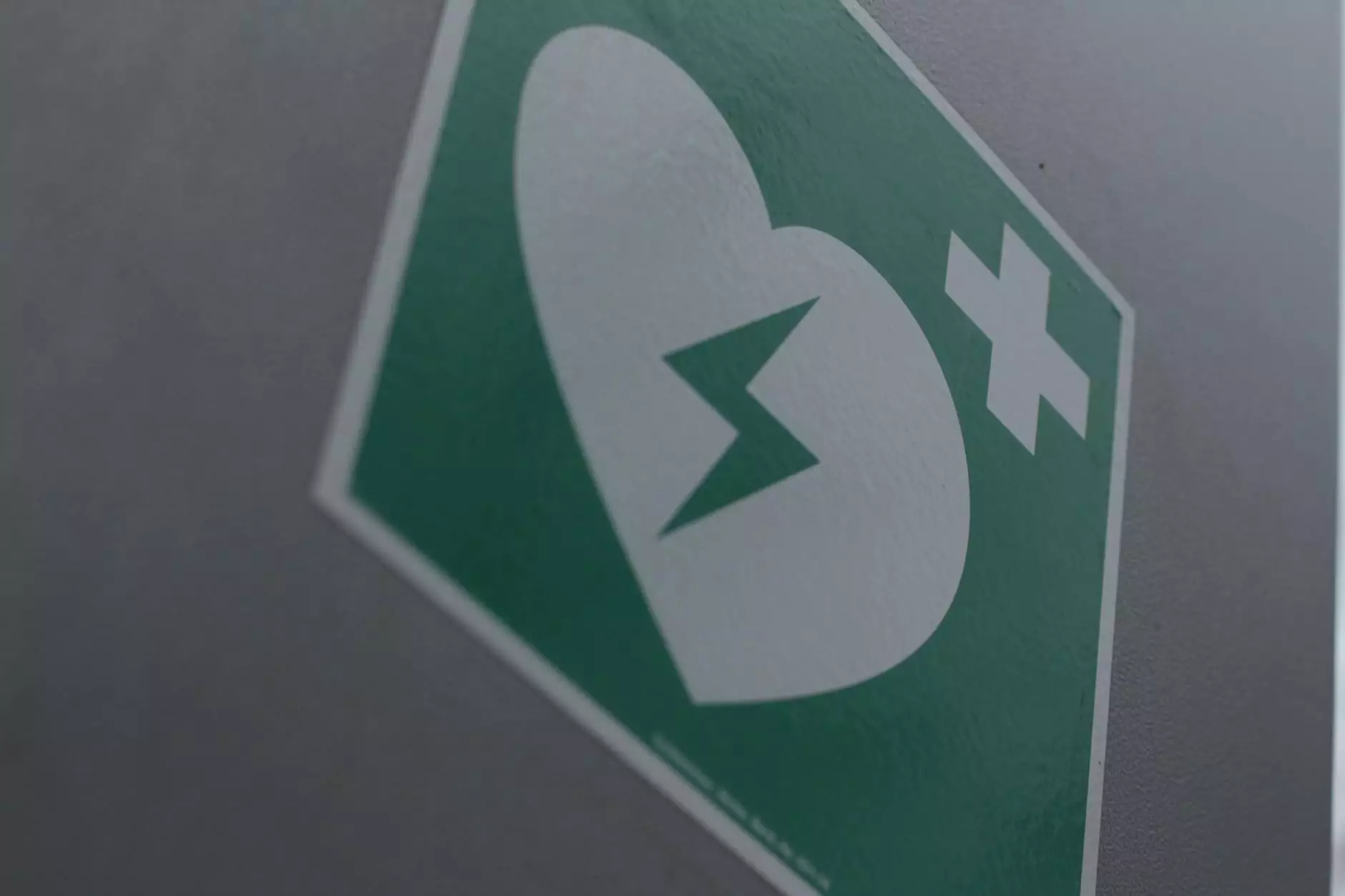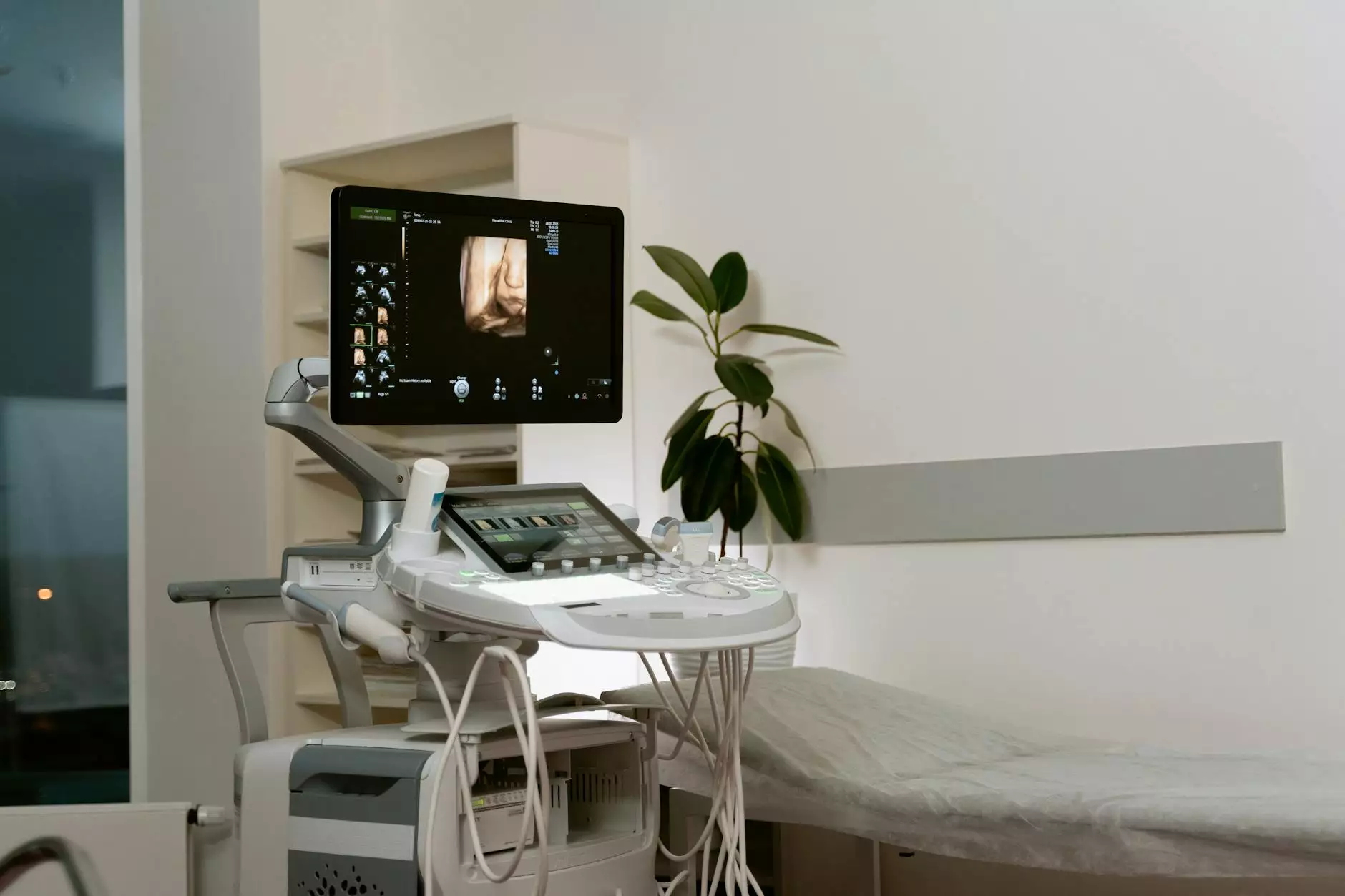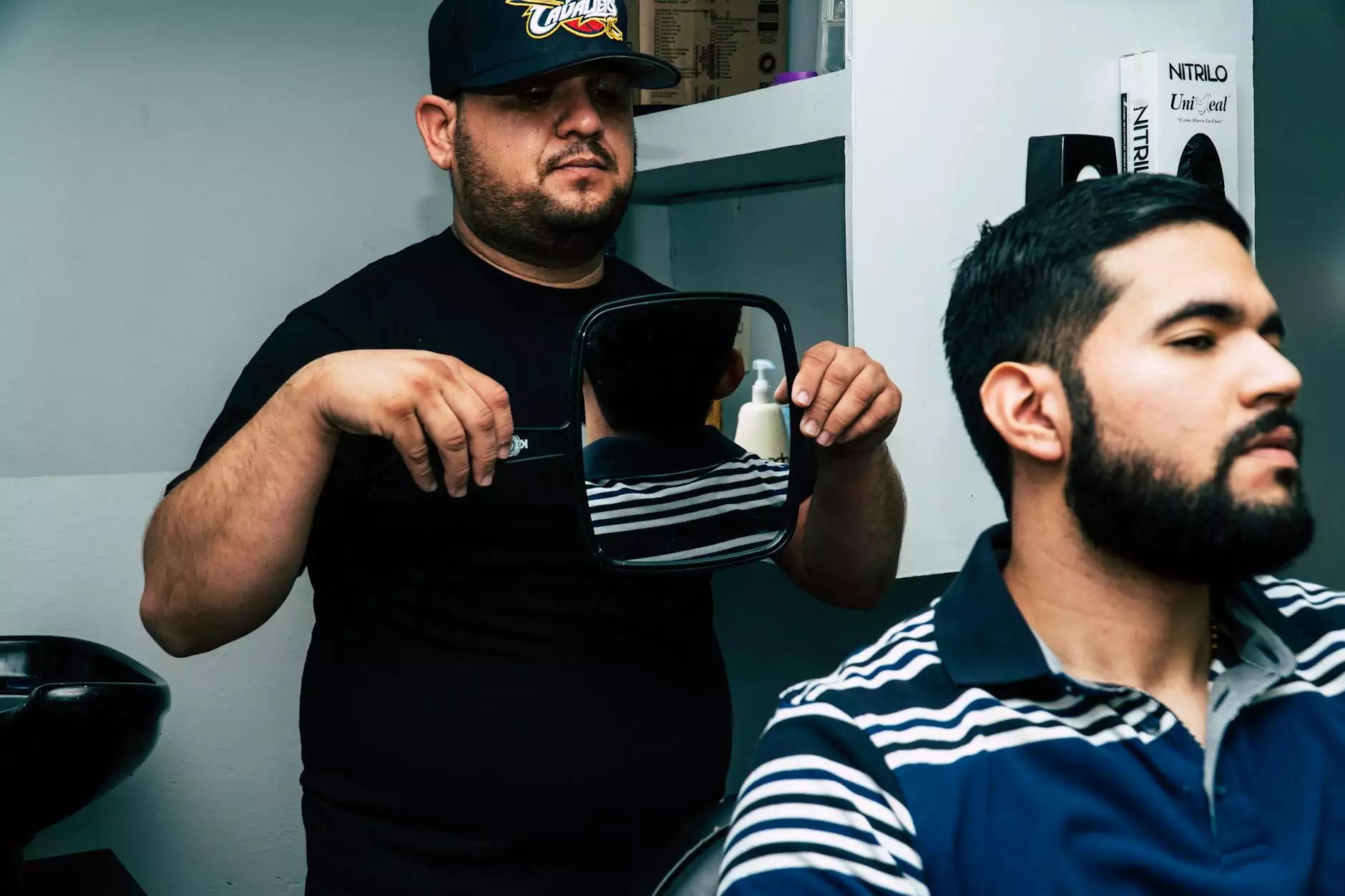Understanding Diastasis Recti in Singapore

Diastasis recti is a condition that affects many individuals, especially postpartum women. As awareness around this issue grows, it's essential to have a thorough understanding of its implications, particularly in the context of health and medical practices in Singapore. This article delves into the causes, symptoms, and treatment options available for diastasis recti in Singapore, ensuring individuals can attain optimal health and wellness.
What is Diastasis Recti?
Diastasis recti occurs when the rectus abdominis muscles, commonly referred to as the "six-pack" muscles, separate along the midline of the abdomen. This separation can result in a bulging belly and creates various physical concerns.
Common Causes of Diastasis Recti
Understanding the causes of diastasis recti is vital for prevention and treatment. Some of the most common factors include:
- Pregnancy: During pregnancy, the growing uterus stretches the abdominal muscles, causing them to separate.
- Obesity: Excess body weight can put additional pressure on the abdominal wall, leading to separation.
- Aging: Natural aging can weaken the muscles, making them more susceptible to separation.
- High-impact Exercises: Certain forms of exercise, especially those that place strain on the abdominal region, may contribute to the condition.
- Genetics: Some individuals may be predisposed to developing diastasis recti due to genetic factors.
Symptoms of Diastasis Recti
Identifying the symptoms of diastasis recti can empower individuals to seek treatment promptly. Typical symptoms include:
- Visible Bulge: A bulging belly, particularly when straining or standing up.
- Lower Back Pain: Weak core muscles can lead to discomfort and pain in the lower back area.
- Difficulty with Physical Activities: Everyday activities may become challenging, particularly those that engage core muscles.
- Pelvic Floor Dysfunction: Possible issues with bladder control or pelvic organ support.
Importance of Addressing Diastasis Recti
Failing to address diastasis recti can lead to various health complications, including:
- Chronic Pain: Prolonged weakness in the core can result in chronic pain.
- Postural Issues: Weak abdominal muscles can affect overall posture and balance.
- Difficulties with Daily Activities: Simple movements can become increasingly difficult without proper core strength.
Diagnosis: How is Diastasis Recti Identified?
To diagnose diastasis recti, a healthcare professional may perform a physical examination. This typically involves:
- Visual Observation: Assessing the abdomen for any visible bulging.
- Palpation: Feeling along the midline of the abdomen to measure the separation of the rectus abdominis muscles.
- Functional Tests: Evaluating the core strength and stability while performing specific movements.
Treatment Options for Diastasis Recti in Singapore
For those experiencing diastasis recti in Singapore, various treatment options are available, focusing on strengthening the abdominal muscles and improving overall health:
1. Physical Therapy
One of the most effective treatments for diastasis recti is physical therapy. A qualified physical therapist can design a personalized program that includes:
- Safe core strengthening exercises that focus on the transverse abdominis.
- Breathing techniques to support core engagement.
- Posture correction to alleviate strain on the abdominal muscles.
2. Exercise Programs
Engaging in specific exercise programs can help restore muscle function and integrity. Some popular programs in Singapore include:
- Pilates: Focuses on core strengthening and stability.
- Postnatal Yoga: Helps to strengthen core muscles safely post-pregnancy.
- Specialized Diastasis Recti Classes: Tailored classes that specifically address the condition.
3. Surgery
In severe cases where non-surgical treatments do not yield results, surgical intervention may be considered. Surgical options include:
- Abdominoplasty: A cosmetic procedure that tightens the abdominal wall.
- Rectus Diastasis Repair: Specifically targets the separation of the muscles.
Prevention Strategies for Diastasis Recti
Preventing diastasis recti is possible through proactive measures. Here are some strategies:
- Maintain a Healthy Weight: Preventing obesity can reduce stress on the abdominal wall.
- Practice Safe Lifting Techniques: Always engage your core when lifting heavy objects.
- Focus on Core Strengthening: Engage in regular exercises to strengthen the core muscles.
- Seek Guidance During Pregnancy: Consult with healthcare providers or physical therapists for safe exercise routines during pregnancy.
Conclusion: Empowering Health in Singapore
In summary, diastasis recti is a manageable condition that can significantly impact one’s quality of life. By understanding its causes, symptoms, and treatment options available in Singapore, individuals can take proactive steps towards recovery. Whether through physical therapy, specialized exercises, or surgical options, the key is to seek assistance promptly. HelloPhysio offers resources and support for those navigating this journey, ensuring that no one has to face diastasis recti alone.
For more information or to schedule a consultation, visit HelloPhysio.sg today. Together, let’s foster better health and wellness for individuals experiencing diastasis recti in Singapore.
diastasis recti Singapore








